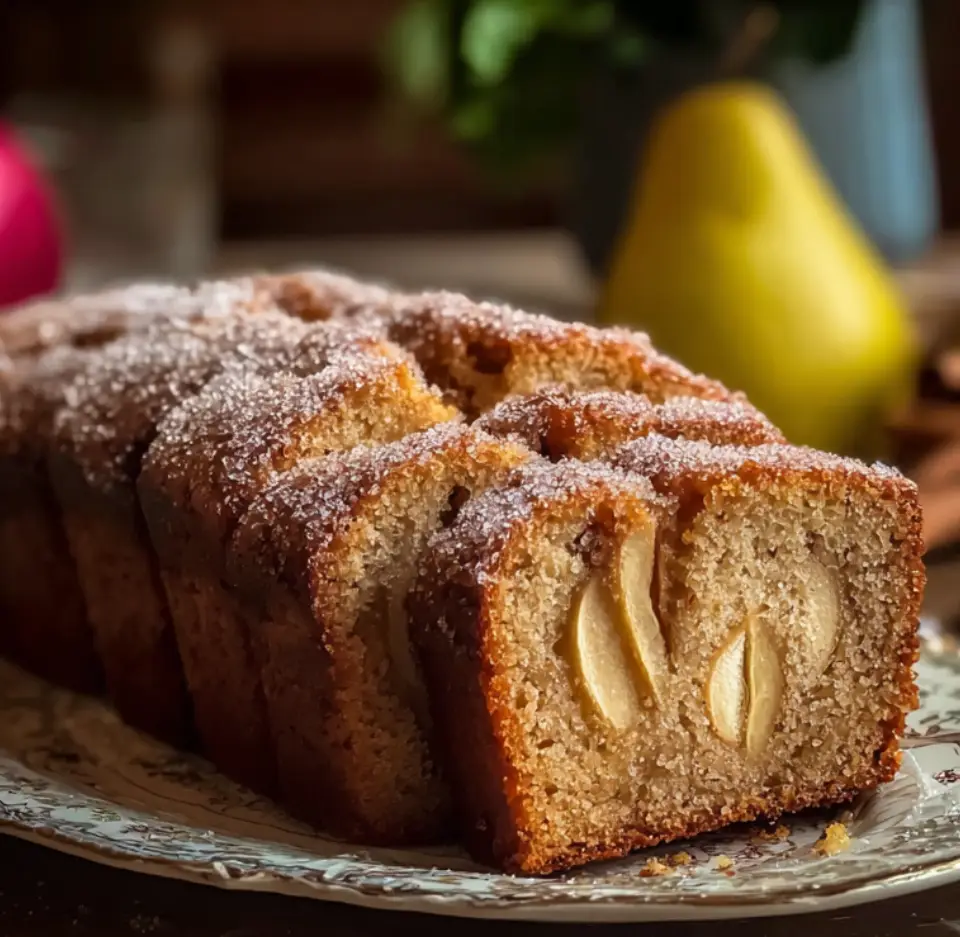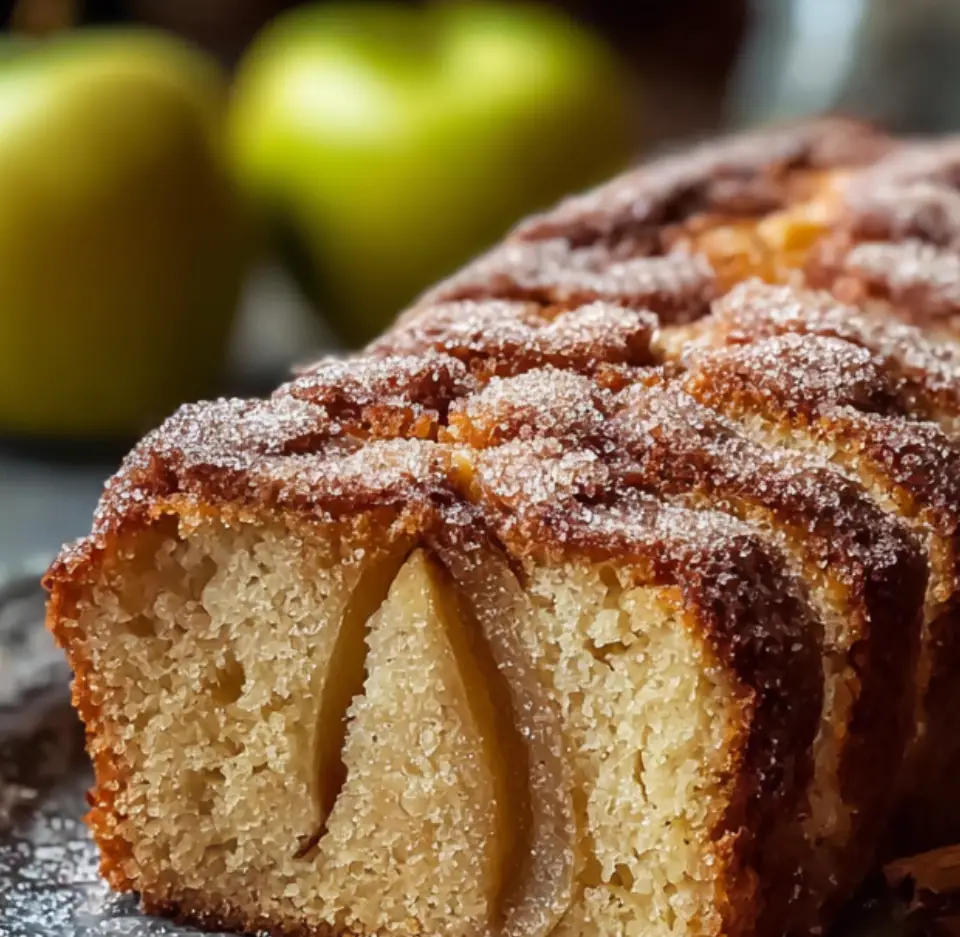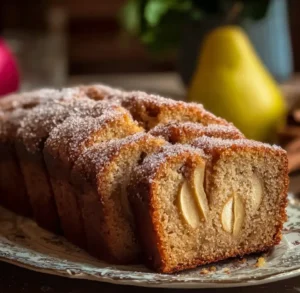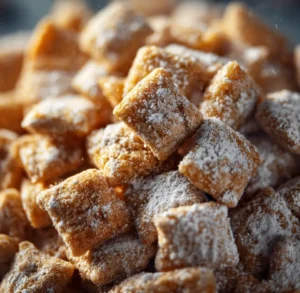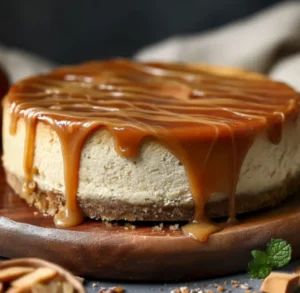There’s something magical about the aroma of fresh-baked bread wafting through your kitchen, and this apple cider cinnamon bread takes that experience to another level because it combines the cozy warmth of cinnamon with the bright, tangy sweetness of apple cider in a perfectly moist loaf. Whether you’re looking for a special breakfast treat, an afternoon snack with coffee, or a homemade gift that shows you care, this bread delivers on all fronts while filling your home with the irresistible scent of autumn baking.
Why This Apple Cider Cinnamon Bread Works
The genius of this recipe lies in how apple cider serves double duty, providing both moisture and concentrated apple flavor that permeates every slice because reducing the cider intensifies its natural sweetness and creates depth that regular apple juice simply cannot match. The cinnamon swirl running through the center adds visual appeal and bursts of warming spice that complement the apple notes perfectly, while the tender crumb stays moist for days thanks to the careful balance of wet and dry ingredients. This apple cider cinnamon bread succeeds where many quick breads fail because it avoids being overly sweet or dense, instead offering a refined texture that works equally well toasted with butter or enjoyed plain straight from the cooling rack.
Gathering Your Ingredients
2 cups apple cider
2 and 3/4 cups all-purpose flour
1 teaspoon baking soda
1/2 teaspoon baking powder
1/2 teaspoon salt
1 tablespoon ground cinnamon
1/2 cup unsalted butter
1 cup granulated sugar
2 large eggs
1 teaspoon vanilla extract
1/3 cup brown sugar
1 tablespoon ground cinnamon
The Art of Creating This Bread
Making this apple cider cinnamon bread begins with reducing the apple cider to concentrate its flavor, then combining wet and dry ingredients before creating that stunning cinnamon swirl that makes each slice special. You’ll pour half the batter into your prepared pan, add the cinnamon-sugar mixture, then top with remaining batter and swirl everything together for a marbled effect that looks as impressive as it tastes.
Step-By-Step Instructions
Begin by pouring the apple cider into a medium saucepan and bringing it to a boil over medium-high heat, then reduce the heat slightly and let it simmer until it reduces to about half a cup, which takes approximately 20 minutes because this concentration process is crucial for developing that intense apple flavor. Watch the cider carefully during the last few minutes because it can go from perfectly reduced to burnt surprisingly quickly, and you want a thick, syrupy consistency without any bitter notes that would ruin your bread.
Professional Tip: Mark the half-cup line on your saucepan before you start reducing the cider because this helps you monitor progress without constantly measuring.
Key Points: Proper reduction concentrates apple flavor dramatically, careful monitoring prevents burning, and the syrupy consistency indicates the cider is ready for baking.
While the cider cools to room temperature, preheat your oven to 350 degrees Fahrenheit and prepare a 9-by-5-inch loaf pan by greasing it thoroughly with butter or coating it with nonstick spray because proper pan preparation ensures easy removal after baking. In a medium bowl, whisk together the flour, baking soda, baking powder, salt, and one tablespoon of cinnamon until everything is evenly distributed, which prevents pockets of leavening agents that can create an uneven rise or bitter spots in the finished bread.
Professional Tip: Sift your flour before measuring if you want an extra-tender crumb because this aerates the flour and prevents dense, heavy bread.
Key Points: Thorough whisking distributes leavening evenly, proper pan preparation prevents sticking, and room temperature cider blends smoothly with other ingredients.
In a large mixing bowl, cream together the softened butter and granulated sugar until the mixture becomes light and fluffy, which takes about three minutes with an electric mixer because this incorporation of air creates a tender texture. Add the eggs one at a time, beating well after each addition, then mix in the vanilla extract and the cooled reduced apple cider until everything is thoroughly combined and the batter looks smooth and cohesive.
Professional Tip: Scrape down the sides of your bowl frequently during mixing because this ensures all ingredients are fully incorporated without overmixing.
Key Points: Proper creaming creates air pockets for tender texture, adding eggs individually prevents curdling, and cooled cider maintains proper batter consistency.
Add the dry ingredients to the wet mixture in three additions, stirring gently with a wooden spoon or rubber spatula just until the flour disappears because overmixing develops gluten that makes the bread tough and chewy rather than tender. In a small bowl, combine the brown sugar and remaining tablespoon of cinnamon for your swirl mixture, then pour half the batter into your prepared pan and sprinkle the cinnamon-sugar mixture evenly over the top, leaving a small border around the edges to prevent the swirl from sticking to the pan sides.
Professional Tip: Use a light hand when folding in flour because you want to see a few small streaks of flour disappearing rather than mixing until completely smooth.
Key Points: Minimal mixing preserves tender texture, even cinnamon distribution creates beautiful swirls, and leaving borders prevents burning on pan edges.
Pour the remaining batter over the cinnamon layer, then use a butter knife to swirl through the batter in a figure-eight pattern, creating those beautiful marbled streaks that make each slice visually appealing. Bake for 50 to 60 minutes until a toothpick inserted into the center comes out with just a few moist crumbs attached, and the top springs back lightly when touched because overbaking dries out the bread while underbaking leaves a gummy center.
Professional Tip: Tent the bread loosely with aluminum foil during the last 15 minutes of baking if the top is browning too quickly before the center cooks through.
Key Points: Gentle swirling creates visual appeal without overmixing, proper baking time ensures moist texture, and the toothpick test prevents over or underbaking.
Professional Tips for Perfect Results
Use fresh apple cider rather than apple juice because cider contains more apple solids and natural pectin that contribute body and authentic apple flavor to your apple cider cinnamon bread. Room temperature ingredients blend more smoothly and create better texture because cold butter won’t cream properly and cold eggs can cause the batter to separate or curdle during mixing.
Creative Variations to Try
Transform this apple cider cinnamon bread into an even more decadent treat by adding a simple glaze made from powdered sugar and a tablespoon of reduced apple cider because this adds sweetness and visual appeal. You can also fold in chopped walnuts or pecans for added crunch and richness, and the dessert recipes category offers additional inspiration for complementary baked goods.
For a breakfast twist, consider adding diced fresh apples to the batter for extra texture and fruit flavor that pairs beautifully with the cider base. Browse the breakfast favorites section for more morning meal ideas that share these cozy autumn flavors.
Perfect Pairing Ideas
This apple cider cinnamon bread pairs wonderfully with hot beverages like coffee, tea, or hot apple cider because the warm drinks enhance the spiced flavors while providing comforting contrast. Consider serving slices toasted with butter or cream cheese for breakfast, and the refreshing beverages collection offers drink options that complement baked goods beautifully.
For brunch gatherings, this bread works perfectly alongside egg dishes and fresh fruit because it provides sweetness without being overly heavy. The snacks appetizers category features options that round out casual entertaining menus when you want variety beyond just bread.
Discover More Delicious Recipes
Once you’ve mastered this apple cider cinnamon bread, expand your baking repertoire by exploring other quick breads and sweet loaves that showcase seasonal ingredients. The flavored dips marinades section features spreads and toppings that pair wonderfully with homemade breads like this one.
Consider complementing this sweet bread with savory dishes that provide balance during meals because offering variety ensures everyone finds something they enjoy. The savory sides collection and perfect sides category both provide excellent accompaniments for complete menus.
Storage and Keeping Guidelines
Store your apple cider cinnamon bread wrapped tightly in plastic wrap or aluminum foil at room temperature for up to four days because proper wrapping prevents the bread from drying out while maintaining its tender crumb. The bread actually tastes even better the day after baking because the flavors have time to meld together and develop, making it an excellent make-ahead option for busy mornings or planned gatherings.
For longer storage, wrap individual slices in plastic wrap and freeze them in a freezer bag for up to three months because this allows you to enjoy single servings whenever the craving strikes. Thaw slices at room temperature or toast them directly from frozen for a quick breakfast that tastes freshly baked.
The Science Behind This Recipe
Understanding why this apple cider cinnamon bread works helps you troubleshoot issues and adapt recipes confidently because knowledge of basic baking science empowers home bakers. Reducing the apple cider concentrates not just flavor but also natural sugars and acids that contribute to browning and moisture retention, which explains why this bread stays fresh longer than versions made with unreduced cider or juice.
The combination of baking soda and baking powder provides balanced leavening because the soda reacts with acidic cider while the powder ensures consistent rise regardless of ingredient temperatures. The cinnamon swirl technique creates visual interest without compromising structure because the sugar layer doesn’t fully dissolve into the batter during baking.
Troubleshooting Common Issues
If your apple cider cinnamon bread sinks in the middle, you likely overmixed the batter or opened the oven door too early during baking because both issues disrupt the delicate structure before it sets properly. Next time, fold the flour in gently and resist checking the bread until at least 45 minutes have passed to allow the structure to stabilize.
When the cinnamon swirl disappears completely instead of creating distinct layers, the batter may have been too thin or you swirled too aggressively because gentle swirling preserves distinct layers. Make sure your reduced cider has cooled completely before adding it to prevent thinning the batter excessively.
Conclusion
This apple cider cinnamon bread captures the essence of autumn baking in one perfect loaf because it combines concentrated apple flavor with warming spices in a tender, moist crumb that satisfies from the first bite to the last. The recipe proves that impressive baking doesn’t require professional skills, just quality ingredients, careful attention to technique, and the willingness to let your kitchen fill with those irresistible aromas that make homemade bread so special.

